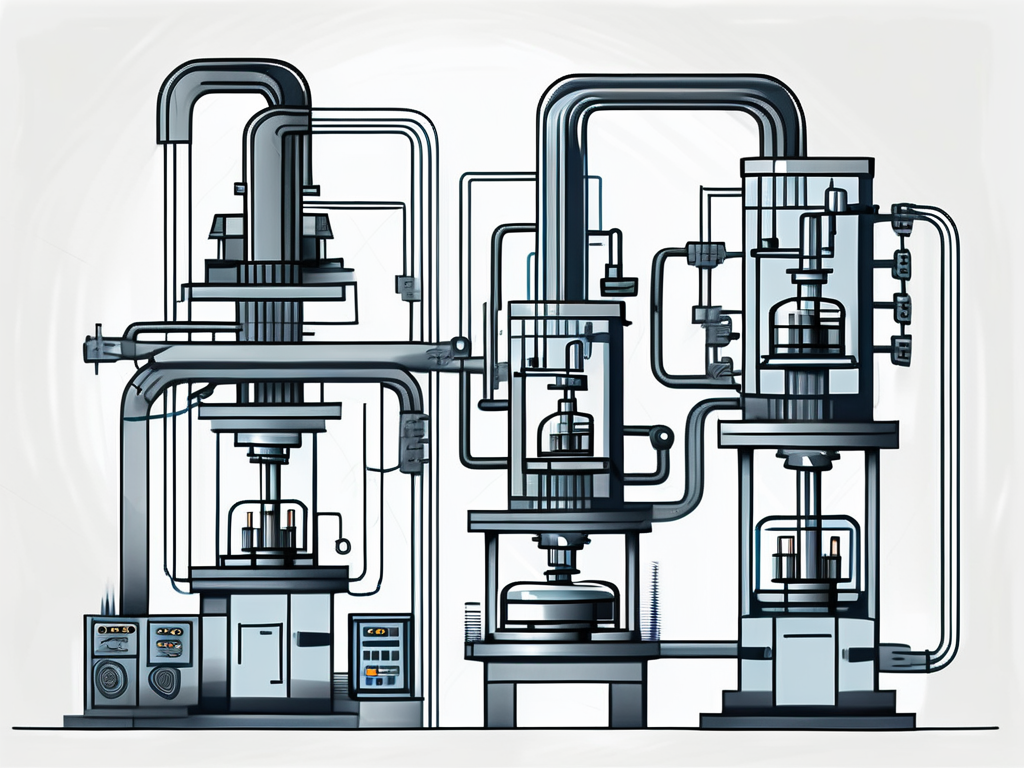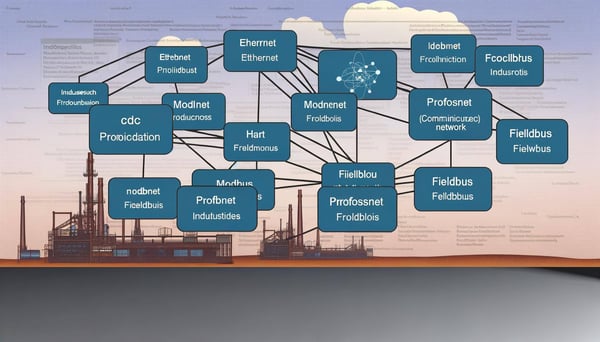
Fundamentals of SynqNet
In the world of industrial automation, protocols play a pivotal role in ensuring seamless communication between devices. One such protocol that has gained significant traction in recent years is SynqNet. SynqNet, an innovative, high-speed motion control network, is designed to meet the demanding requirements of machine control applications.
Understanding SynqNet
SynqNet is a deterministic, real-time protocol that provides a robust and flexible platform for motion control applications. It is designed to handle the high-speed, high-precision requirements of modern industrial automation systems. SynqNet's architecture is based on a ring topology, which offers inherent redundancy and fault tolerance, making it an ideal choice for mission-critical applications.

One of the distinguishing features of SynqNet is its ability to support a large number of nodes. This scalability makes it suitable for both small and large scale industrial automation projects. Furthermore, SynqNet's high-speed data transfer capabilities ensure that all nodes in the network receive the necessary data in a timely manner, thereby reducing latency and improving overall system performance.
The Technical Aspects of SynqNet
Network Topology
SynqNet's ring topology sets it apart from other industrial protocols. In a ring topology, each device is connected to two other devices, forming a circular network path. This design provides inherent redundancy, as data can travel in either direction around the ring. If a device fails or a connection is lost, the network can automatically reroute data to ensure uninterrupted operation.
Moreover, the ring topology allows for easy network expansion. Adding a new device to the network simply involves connecting it to the nearest two devices. This flexibility makes SynqNet an excellent choice for growing industrial systems.
Data Transfer
SynqNet utilizes a high-speed serial communication protocol for data transfer. This protocol allows for data rates of up to 100 Mbps, ensuring rapid communication between devices. Furthermore, SynqNet's protocol supports real-time, deterministic data transfer, which is crucial for applications that require precise timing and synchronization.
Additionally, SynqNet's protocol includes error detection and correction mechanisms to ensure the integrity of data transmitted over the network. These features, combined with the protocol's high-speed capabilities, make SynqNet a reliable choice for demanding industrial applications.
Implementing SynqNet in Industrial Automation
Benefits of SynqNet
Implementing SynqNet in an industrial automation system offers several benefits. Firstly, its high-speed, deterministic nature makes it ideal for applications that require precise control and synchronization. This includes applications such as robotics, CNC machines, and automated assembly lines.
Secondly, SynqNet's ring topology provides inherent redundancy and fault tolerance, ensuring that the system continues to operate even in the event of a device failure or network disruption. This makes SynqNet a reliable choice for mission-critical applications.
Considerations for Implementation
While SynqNet offers many benefits, there are several considerations to keep in mind when implementing it in an industrial automation system. Firstly, as a high-speed protocol, SynqNet requires high-quality, shielded cabling to ensure reliable data transmission. Additionally, the devices in the network must be capable of handling the high data rates that SynqNet provides.
Secondly, implementing SynqNet may require a significant investment in hardware and software. This includes network controllers, switches, and devices that support the SynqNet protocol. Therefore, it's important to conduct a thorough cost-benefit analysis before deciding to implement SynqNet in your system.
Conclusion
In conclusion, SynqNet is a robust and flexible industrial protocol that offers many benefits for industrial automation systems. Its high-speed, deterministic nature, combined with its ring topology and scalability, make it a compelling choice for a wide range of applications. However, like any technology, it's important to consider the specific requirements of your system and conduct a thorough analysis before implementation.

With its unique features and capabilities, SynqNet is poised to play a significant role in the future of industrial automation. As the demand for high-speed, reliable, and flexible communication protocols continues to grow, SynqNet is well-positioned to meet these needs and drive the next generation of industrial automation systems.



